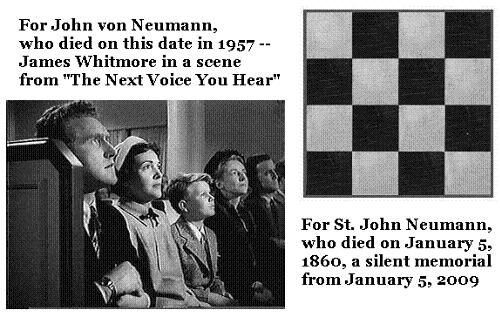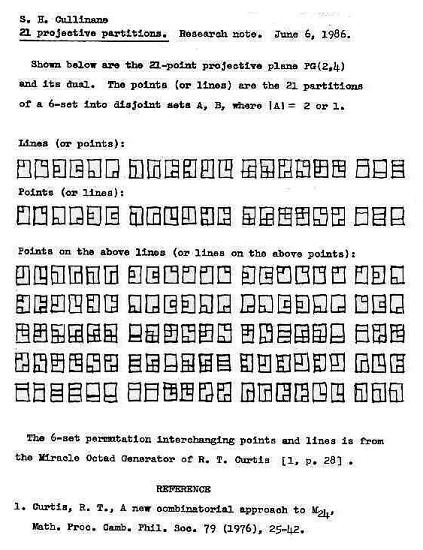Ereignis in the Stanford Encyclopedia of Philosophy —
|
Further aspects of the essential unfolding of Being are revealed by what is perhaps the key move in the Contributions—a rethinking of Being in terms of the notion of Ereignis, a term translated variously as ‘event’ (most closely reflecting its ordinary German usage), ‘appropriation’, ‘appropriating event’, ‘event of appropriation’ or ‘enowning’. (For an analysis which tracks Heidegger's use of the term Ereignis at various stages of his thought, see Vallega-Neu 2010). The history of Being is now conceived as a series of appropriating events in which the different dimensions of human sense-making—the religious, political, philosophical (and so on) dimensions that define the culturally conditioned epochs of human history—are transformed. Each such transformation is a revolution in human patterns of intelligibility, so what is appropriated in the event is Dasein and thus the human capacity for taking-as (see e.g., Contributions 271: 343). Once appropriated in this way, Dasein operates according to a specific set of established sense-making practices and structures. In a Kuhnian register, one might think of this as the normal sense-making that follows a paradigm-shift. — Michael Wheeler, 2011 |
See as well "reordering" in Sunday evening's post Tetrads for McLuhan
and in a Log24 search for Reordering + Steiner.
 pure as one of Bach's inverted canons or Euler's formula for polyhedra."
pure as one of Bach's inverted canons or Euler's formula for polyhedra."

